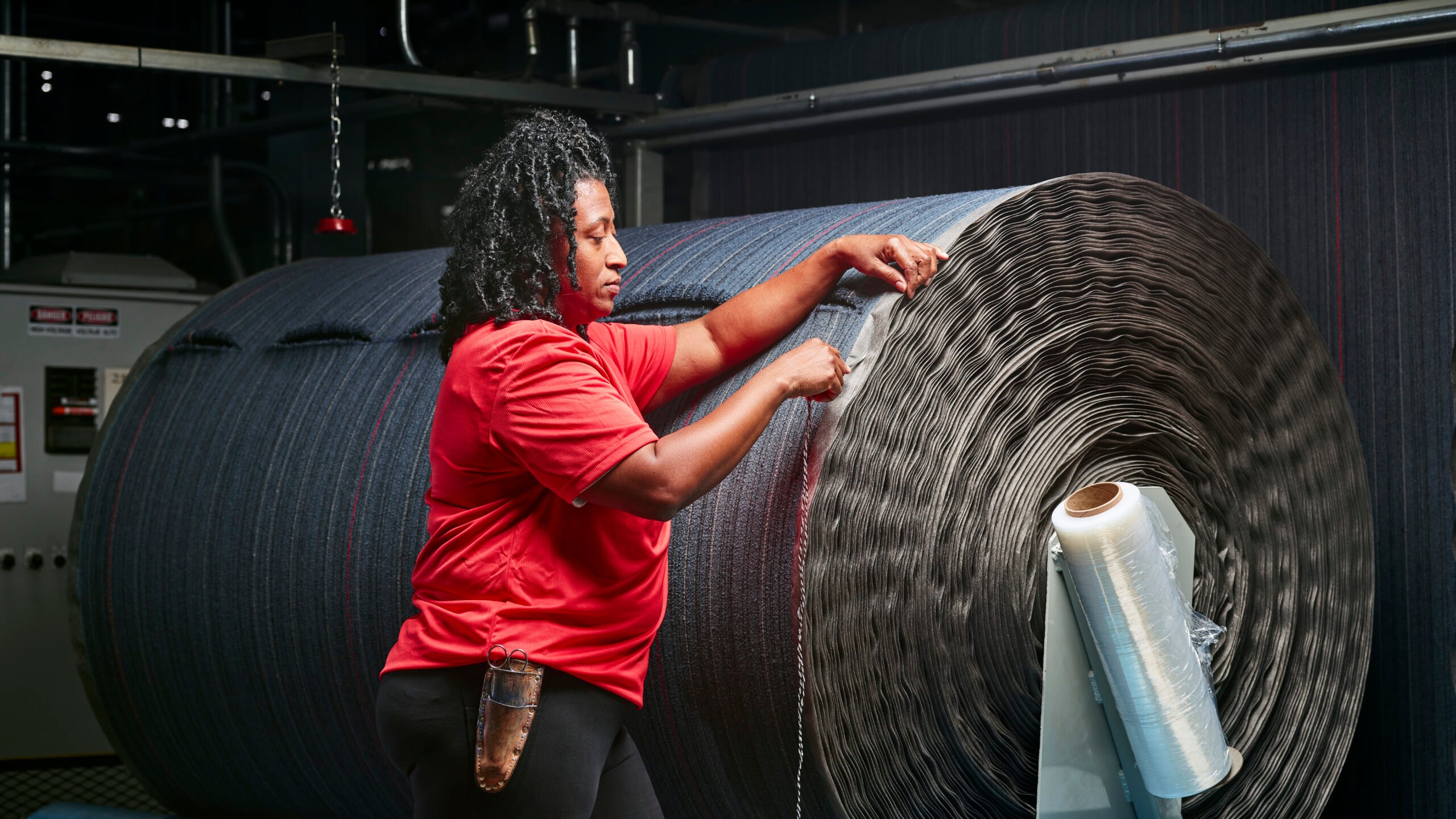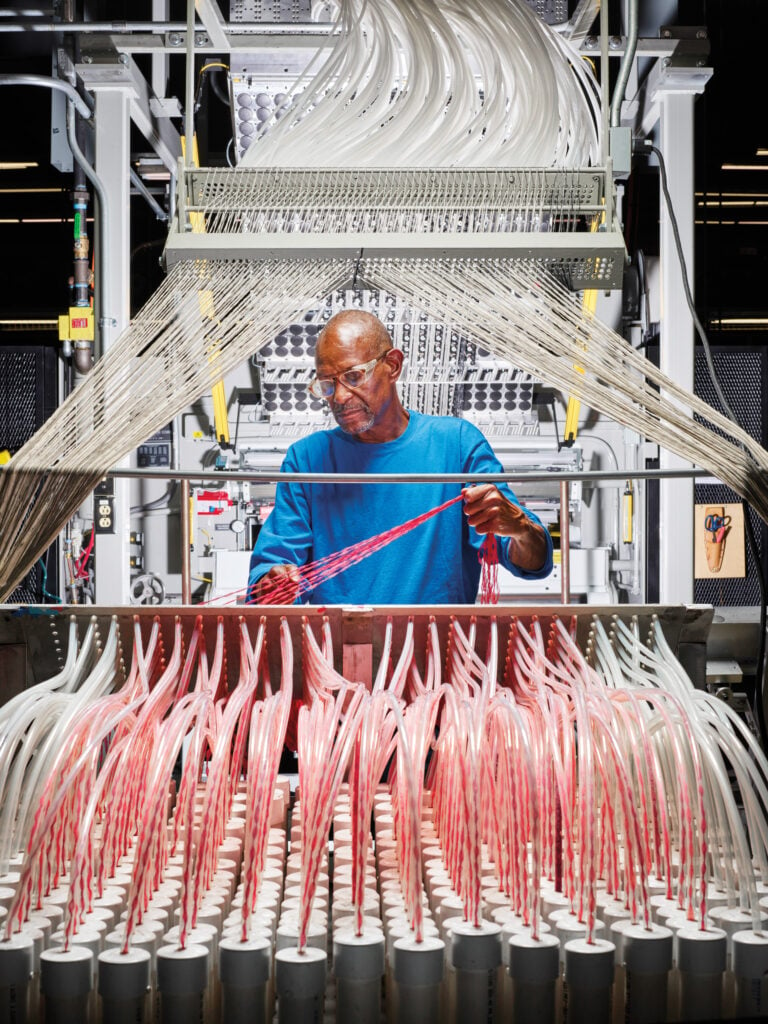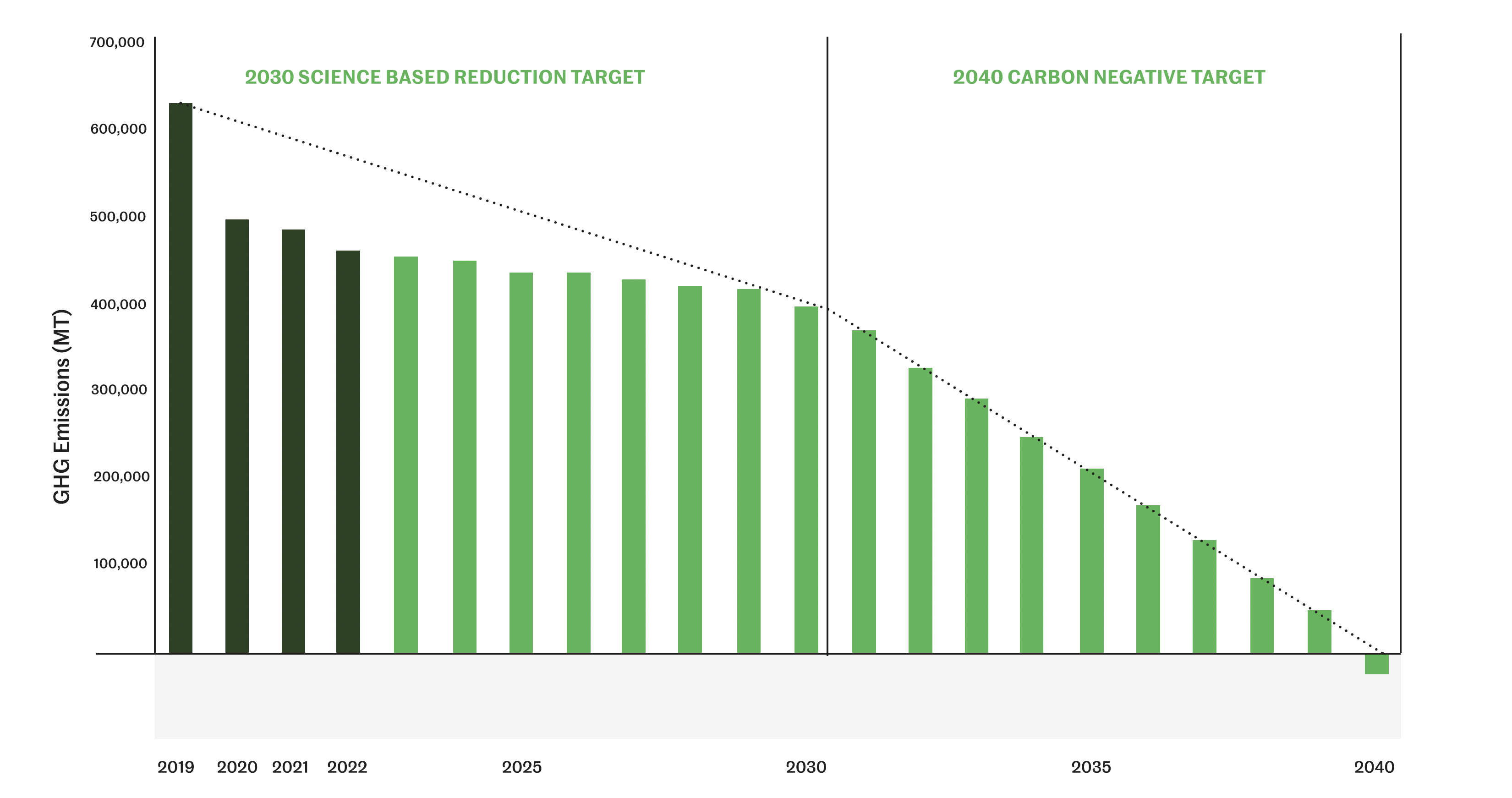
January 10, 2025
Why Interface Wants to Phase Out Carbon Offsets

“We came together as a company and agreed this was our moment to be a leader in this space, to start the conversation about what we can do to be carbon negative without the need for offsets,” says Liz Minné, Interface’s head of global sustainability strategy. This is not uncharted territory for the company. In 2020, the company launched its carbon-negative carpet tile products. They were assessed cradle to gate (meaning the tiles’ impact was measured from the point of extraction to when they leave Interface’s factory gate) and found to be storing more carbon than is needed to make them. “That changed everything!” says Lisa Conway, Interface’s former vice president of global market sustainability.
It was a breakthrough aligned with the company’s record of not making offsets a part of any long-term strategy. “We wanted to expedite actual reductions in line with the Science Based Targets (SBTi) we had set,” Minné says, referring to the international standards and guidance initiative that aids companies in tracing and reducing emissions. SBTi doesn’t allow companies to apply offsets for emission reductions but only “through direct action within their own operations and/or value chains.”
Further, Minné says that offsets have “never been part of our environmental product declarations.” A company spokesperson confirms that 99 percent of Interface’s global products, including all standard carpet and resilient flooring styles, have product-specific EPDs. “We may not have carbon-neutral tags on everything, but everything is very low carbon,” Minné says.

Absolution is not Interface’s goal, but absolute reduction is. For her part, Conway considers how this decision will affect not only her company’s culture and bottom line but the industry and adjacent ones, such as fashion and commercial furniture, as well. “We want to avoid the ‘gamification’ of carbon reporting tools,” she says. “You need a comprehensive strategy for long-term impacts.” Conway also stresses the importance of helping customers understand the meaning of “carbon neutral” and what “low embodied carbon” means. “Anyone can make a ‘carbon-neutral’ product using offsets,” she quips.
Arguably the biggest and most challenging path to achieving carbon neutrality, sans offsets, is leveraging circularity on a massive scale. As of this writing, Interface’s carpet tiles comprise 66 percent recycled and/or biobased materials; its luxury vinyl tile products, which were launched in 2017, are 39 percent recycled or biobased; and its rubber products are 9 percent. To reach its 2040 goal to be a carbon-negative enterprise, those circularity figures will need to tick up, then up some more.
It certainly helps that Interface’s sustainability team and its supply chains and procurement teams have intersecting goals, and act accordingly. “Engaging and partnering with our suppliers has always been a part of our strategy,” Minné says. “And we’ll continue to explore opportunities in our supply chain to address scope 3 emissions in the future as we make progress toward our goals.”
Phasing out carbon offsets and credits as a means of emission reduction is laudable for many reasons, so long as direct action picks up some or most of the slack. In Interface’s case, a global company going all in on carbon reduction without the use of offsets is unmatched. Minné admits, “It puts us in a unique leadership position because we are going after some things that are beyond our control and hard to influence.”
Would you like to comment on this article? Send your thoughts to: [email protected]
Latest
Profiles
BLDUS Brings a ‘Farm-to-Shelter’ Approach to American Design
The Washington D.C.–based firm BLDUS is imagining a new American vernacular through natural materials and thoughtful placemaking.
Projects
MAD Architects’ FENIX is the World’s First Art Museum Dedicated to Migration
Located in Rotterdam, FENIX is also the Beijing-based firm’s first European museum project.




